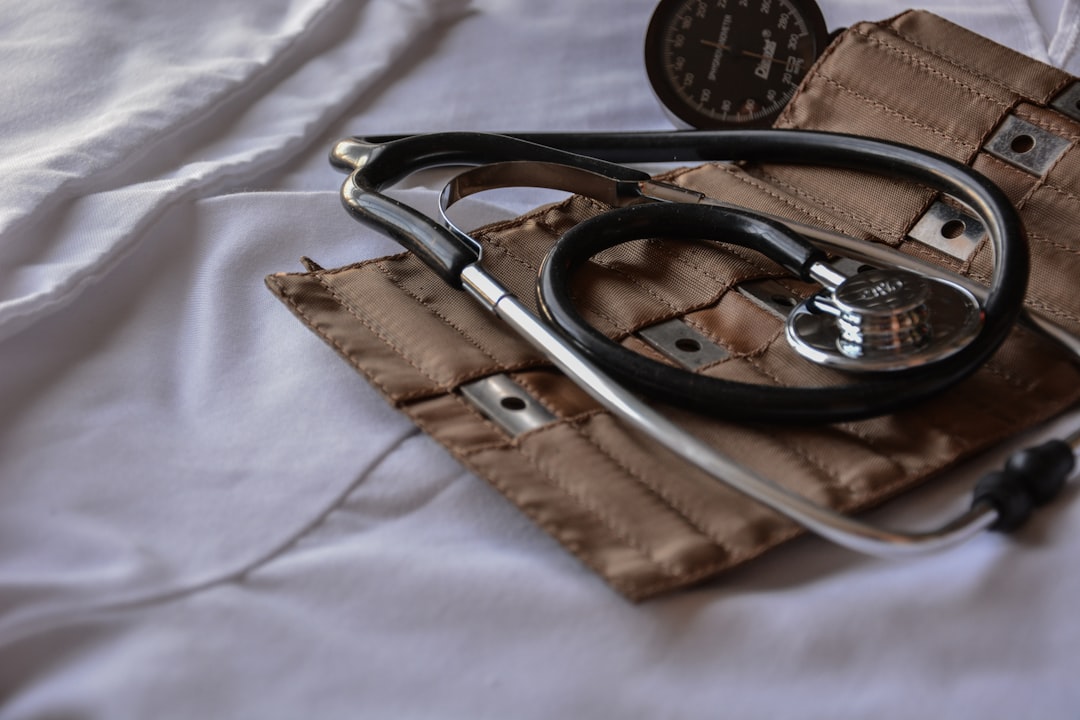What is it about?
Acrylic traditional complete denture bases are frequently fractured during functions or during cleaning. The purpose of this clinical study was to evaluate the fracture resistance of glass fiber reinforced complete dentures. Thirty new reinforced complete dentures were fabricated to replace old, fractured dentures on the selected group of patients. Maxillary complete dentures were reinforced by using woven E-glass fibers (Stick-net GC), and uni-directional E-glass (Stick-GC) fiber reinforcements were used as partial fiber reinforcements in mandibular complete dentures. Ten complete acrylic un-reinforced dentures were included in the control group. During the fabrication of the reinforced dentures, the glass fiber reinforcements were inserted near the maximum flexural area of the denture base (the mucosal face of the denture). Follow-up period was 5 years with check-ups every 6 month. After the follow-up period, the conclusion was that the pre-impregnated unidirectional glass fibers and net glass fibers are useful in reinforcing the complete denture bases. If fracture lines appeared, they have been restricted by the glass fibers, and the patients could use their denture further.
Featured Image
Why is it important?
The patients were satisfied with the reinforced denture, but check-ups at six months are mandatory, and they should be aware that reinforcement cannot replace the necessary linings and occlusal adjustments.
Read the Original
This page is a summary of: Glass fibre reinforced acrylic resin complete dentures: a 5-year clinical study, Gerodontology, June 2011, Wiley,
DOI: 10.1111/j.1741-2358.2010.00385.x.
You can read the full text:
Contributors
The following have contributed to this page










